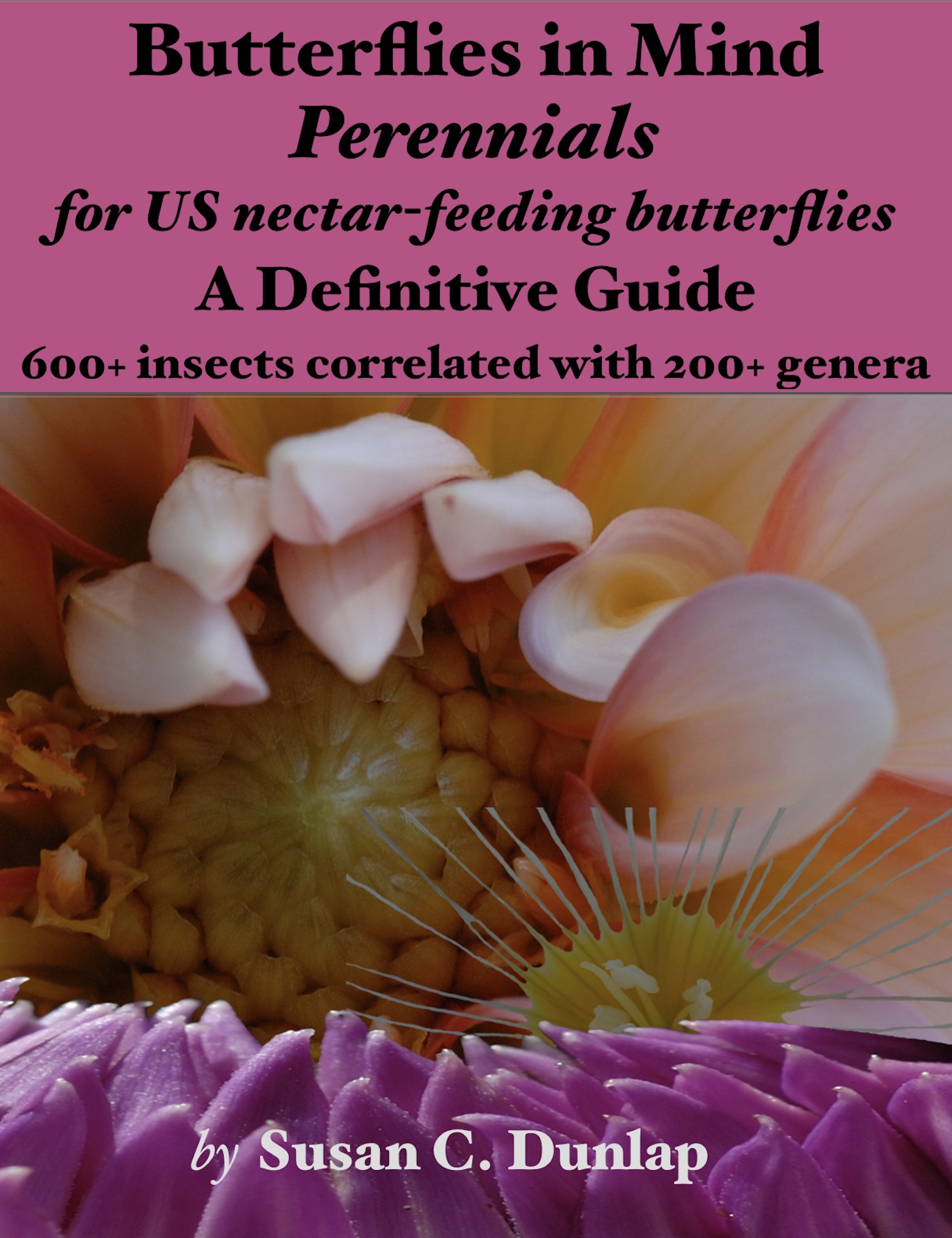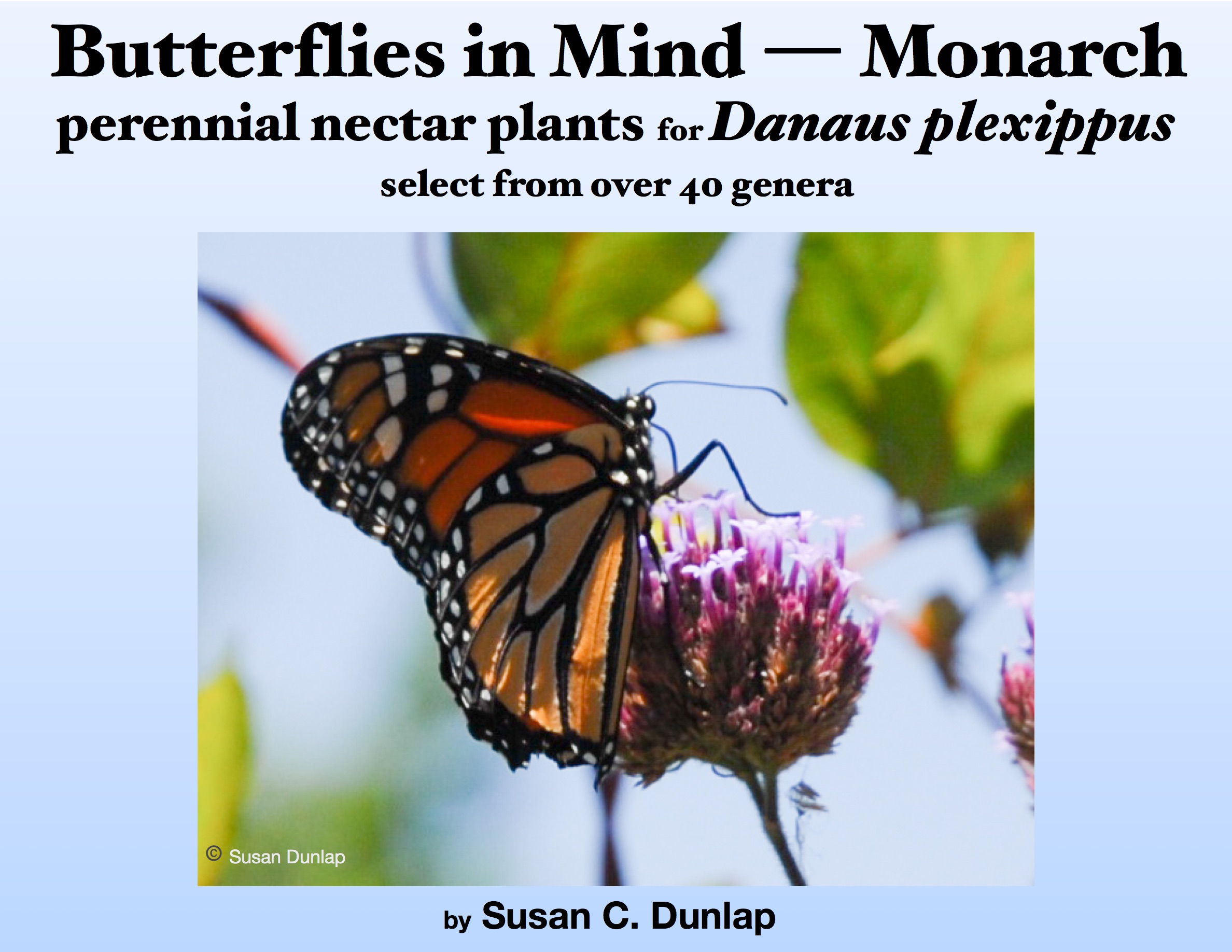Arabis alpina
Family: Brassicaceae
Common name: ROCK CRESS
Synonym: Arabis caucasica
Native to: Central Asia, Eastern Africa, Eastern Asia, North America, Northern Africa, Southern Europe
Plant
Type: perennial
Max height: 0.48 feet
Max width: 1.75 feet
Flower
magenta/purple, violet
Leaf
Horticulture
Attracts wildlife: adult butterfly
Exposure: sun
Propagates by: seed
flowers in spring
Soil type: well drained
USDA Zones: zone 4 -30 f, zone 5 to -20 f, zone 6 to -10 f, zone 7 to 0 f, zone 8 to +10 f, zone 9 to +20 f
Temp. range: -30 to +30 °F
Water: moderate
Arabis alpina, is a perennial in the Brassicaceae family. There are 3700 species in this Brassicaceae family. Many of them either attract adult butterflies or host them in their juvenile states.
Arabis is comprised of 127 species. Three perennials are cultivated: Arabis alpina, Arabis blepharophylla and procurrens var. fernandi-coburgi. They prefer moderate watering, though the procurrens variety is also drought tolerant. They both grow to under a foot tall - alpina in Zones 4-9, the other two in Zones 7-9.
Arabis alpina prefers growing in sun, flowers in spring, can be grown from seed, and grows to nearly 1/2 foot tall. As the name implies, it is hardy in alpine regions of the world and can be grown in Zones 4-9. Arabis alpina can be grown in containers. As it flowers in spring, it is a bit early to attract butterflies that fly late in the season. Brassicaceae hosts many butterflies, so Arabis alpina may attract butterflies simply because it is a member of this family. They may fly into your garden, taste the leaves of the plant, and decide to become co-inhabitants.
Brassicaceae family attracts a long list of butterfly species many of which are listed on the left pane.
Arabis in particular attracts five butterflies: Anthocharis stella, Stella Orangetip, Anthocharis julia, Southern Rocky Mountain Orangetip, Anthocharis lanceolata, Gray Marble, Anthocharis thoosa, Southwestern Orangetip, Euchloe hyantis, California Marble, and Euchloe lotta, Desert Marble.















